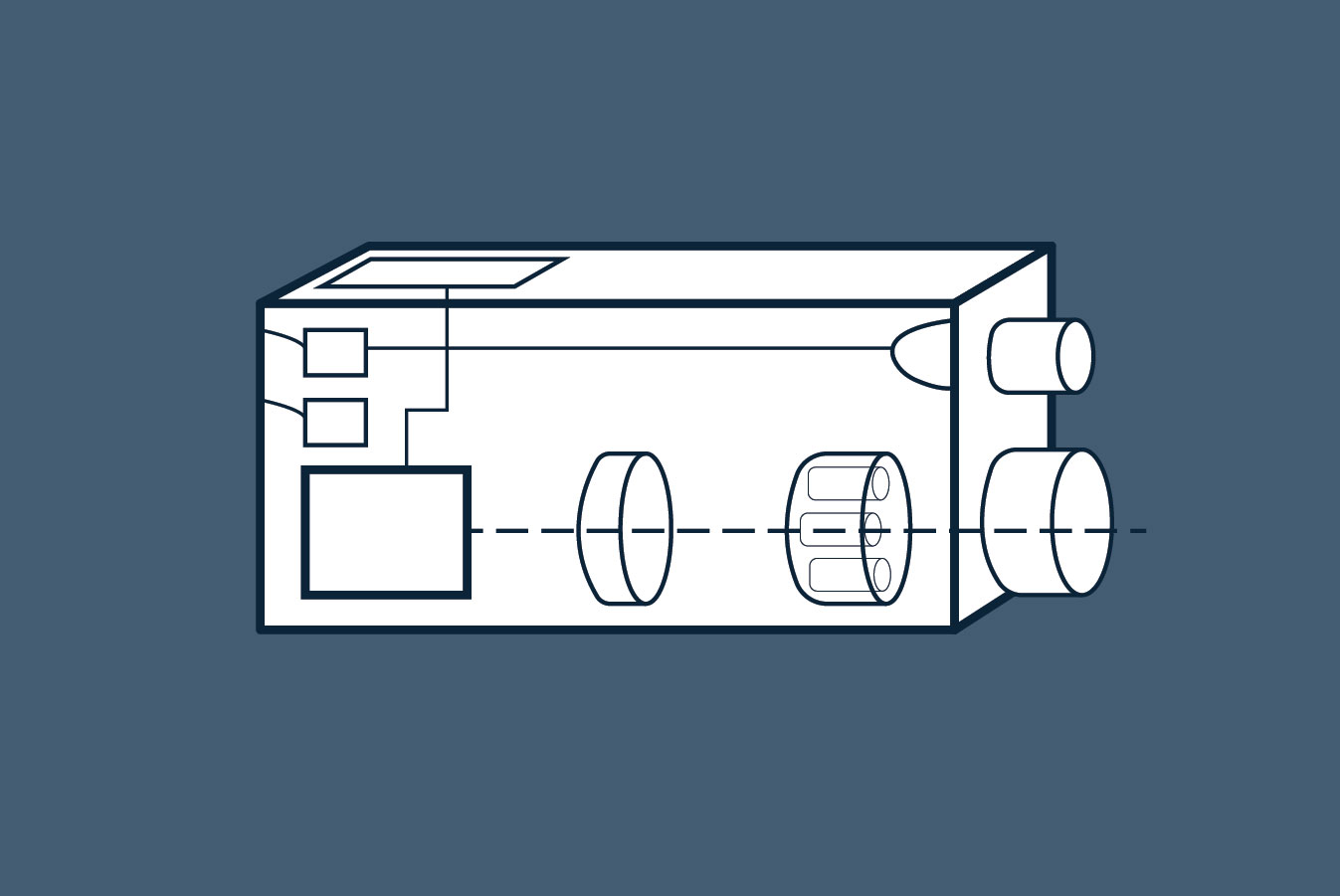Non-Acoustic Submarine Detection

Introduction
Emerging non-acoustic detection technologies have the potential to expose the location of ballistic missile submarines (SSBNs)—assets which derive strategic significance from their ability to covertly maintain second-strike capability.1 Submarines equipped with nuclear missiles, when undetected, can survive an adversary attack and ensure retaliation. Due to advances in stealth submarine technology—including ultra-quiet diesel and nuclear engines, sound-dampening mounts, and stealth paint—most active and passive acoustic methods are incapable of detecting the presence of modern vessels. However, advances in non-acoustic detection tools have the potential to reveal the location of SSBNs. This may enable preemptive action against an adversary’s second-strike capabilities and erode confidence in mutually assured destruction. At the same time, significant technological barriers remain to accurately tracking and executing an attack on a submerged target at great depth.
Non-acoustic submarine detection technologies are those that do not rely on the collection of soundwaves emitted or reflected by a submerged vehicle for location.2 Significant improvements have taken place with light-based imaging and magnetic anomaly detection (MAD).3 Modern light-based imaging relies on Light Detection and Ranging (LIDAR) technology. LIDAR works by emitting laser (or LED) pulses and measuring the return time and strength of the reflected light. When deployed on space, aeronautic, or naval platforms, LIDAR can track a submarine’s disturbance to the ocean surface or directly image a vehicle. LIDAR is presently limited to sensing depths up to 200 m—projected by some to reach 500 m.4 MAD instruments closely monitor magnetic fields. When flown over the ocean, a MAD instrument can locate the disturbance to Earth’s natural magnetic fields caused by a submarine’s metal hull or salt-ion wake. These detection methods function differently: LIDAR can scan broader areas from a greater distance, whereas MAD equipment must be flown at low altitude or submerged.
Both methods—unlike acoustic approaches—may enable the location of the quietest of submarines through direct and environmental disturbance detection. The ability to detect quiet submarines may allow a substantial enhancement to situational awareness in anti-submarine warfare. The detection of conventional attack submarines may allow a naval force to avoid torpedo attack or destroy adversary firepower. The tracking and targeting of SSBNs may allow for the destruction of submarine-launched ballistic missiles (SLBMs) carrying thermonuclear warheads. Quiet, nuclear-powered SSBNs are essential components of the nuclear strike capabilities of the United States, Russia, United Kingdom, France, India, and China.5
This primer details the state of the art in non-acoustic detection technologies, discusses their contributions to situational awareness, and assesses their risks to strategic stability.
-
Keir A. Lieber et al., “The Rise of U.S. Nuclear Primacy,” Foreign Affairs 85, no. 2 (2006): 42-54, https://www.foreignaffairs.com/articles/united-states/2006-03-01/rise-us-nuclear-primacy. ↩
-
There are two forms of acoustic detection. Active sound navigation and ranging (SONAR) emits soundwaves and creates a map of targets based on the measurement of echoes. Passive underwater microphones (hydrophones) listen for the sounds emitted by vessels. ↩
-
Other non-acoustic detection technologies have been attempted but have not received significant improvement with emerging technology. These methods include the detection of sloughed paint, radioactive wake, and heat signatures left by traveling submarines. ↩
-
200 m LIDAR-detecting capabilities achieved by the U.S. Navy’s ALMDS program. Projection expectations based on China’s Project Guanlan. ↩
-
North Korea is developing its diesel-powered Singpo-class SSBN. Israel’s Dolphin-class submarine may be capable of deploying nuclear warheads. ↩


